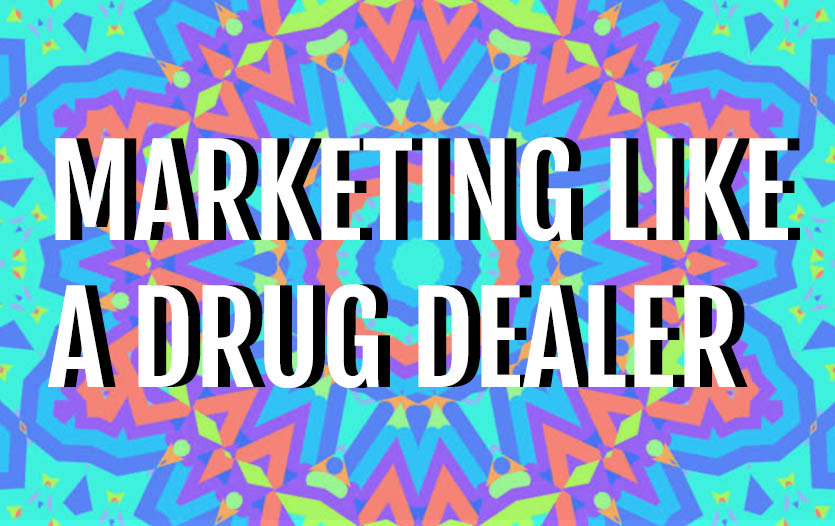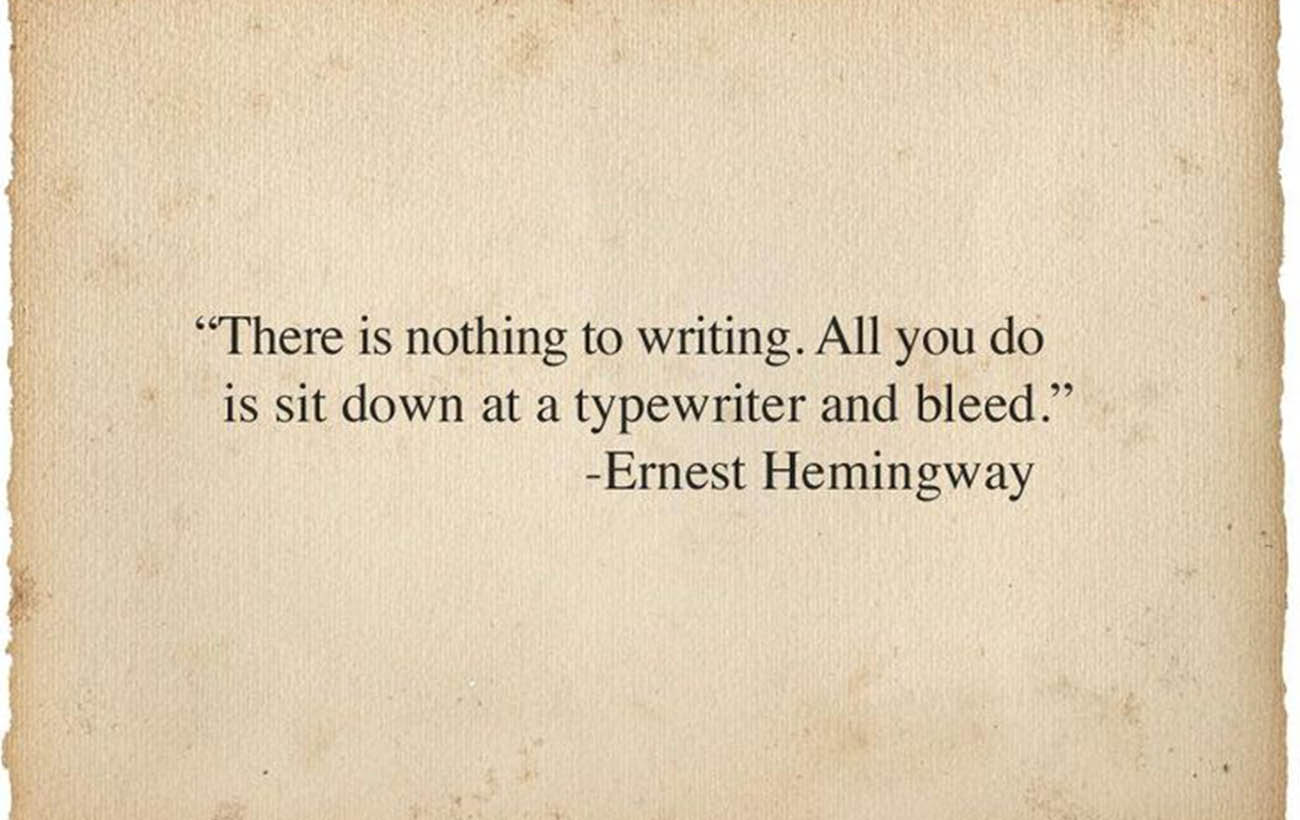Marketing like a drug dealer4 min read
Here are the highlights from our presentation at the February AZMarTech meeting. We may or may not have brought blue rock candy – we totally brought blue rock candy.
*Disclaimer* We do not endorse the use of, selling, or purchasing of drugs. The purpose of this article and presentation is to think about content marketing differently.
How to market like a drug dealer: Content Marketing that keeps your customers coming back for more #addicted
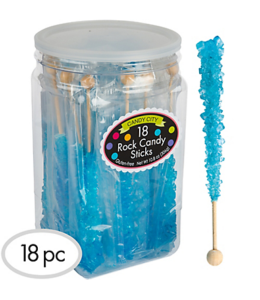
Our Product
Summary: Everyone says “Content is King” but, content is only king if people are reading, engaging with it and keep coming back for more. The goal of this workshop was to discuss ways to make “Content the Kingpin” of your marketing plan, encouraging people to think differently about content marketing, boost the creativity of content marketing and help people think outside the box (or baggie) when it comes to your current marketing strategy.
For those of you who grew up in the 80’s you may recognize these common myths about drug dealers that were presented in school as part of the D.A.R.E program. I don’t know where all the drug dealers were who were trying to trick kids into taking drugs, but I don’t know anyone who got addicted to cocaine on accident as a fourth grader. Despite the inactive fourth grader market, drug dealers are doing fairly well, the overall spending of illegal substances has remained consistent at roughly $100 billion in the US.
Just like the D.A.R.E. there are a few myths in content marketing as well, which demands attention when we’re talking about a huge market, $44 billion annually to be exact.
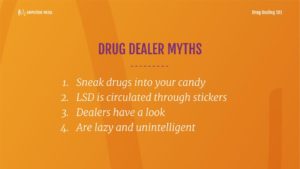
It’s easy
You just need to post and the people will come
It’s “free advertising”
I can hire an intern to be in charge of my social media
It’s “just” blogging
#Question: What myths have you encountered about content marketing?
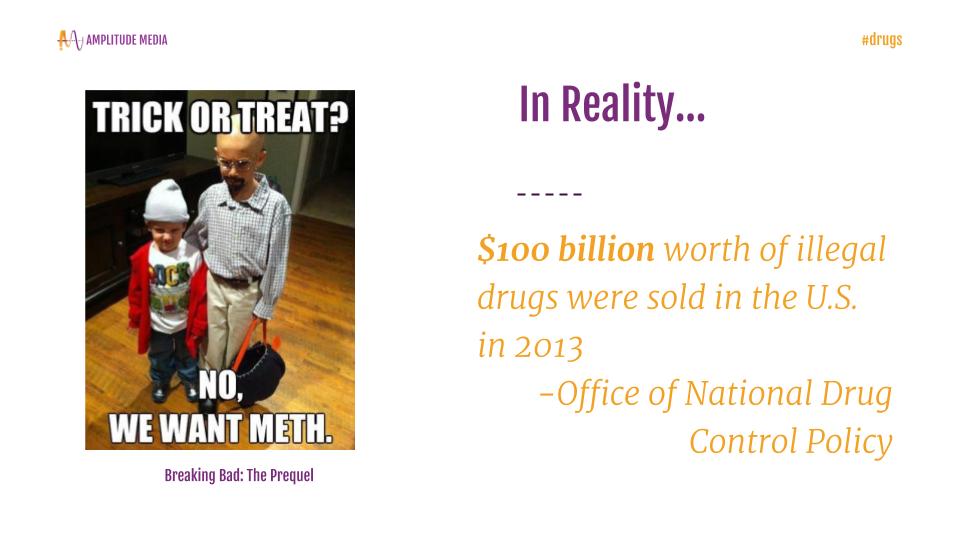
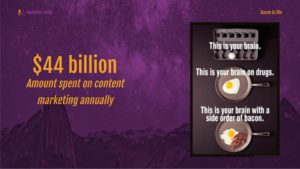
If we’re going to spend $44 billion on content marketing we might as well take the time to do it right. We took look at some common mistakes brands make with content.
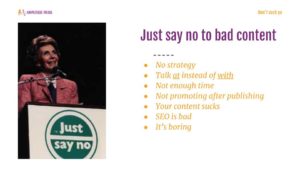 We believe you can look at any industry and gain insights to apply in your own and in an industry that can’t buy billboards, Facebook ads or any other traditional marketing methods, how do drug dealers move a product? What can we learn?
We believe you can look at any industry and gain insights to apply in your own and in an industry that can’t buy billboards, Facebook ads or any other traditional marketing methods, how do drug dealers move a product? What can we learn?
The reality of drug dealing is they require as much marketing as the next product. They still need to find a way to stand out. How do you make your supply known as the better brand? Designer drugs are a thing, as are timely marketing campaigns. As marketers, we need to make our offering unique.
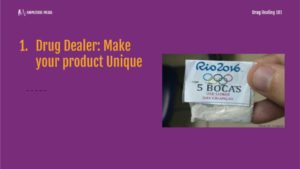
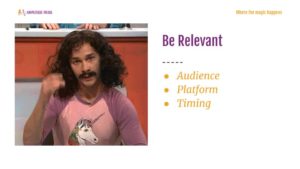
Add relevance by:
1. Audience- Know who your audience is
2. Platform- Know the best place to reach your audience based on demographics and research
3. Timing- Know when your audience is most likely to engage.
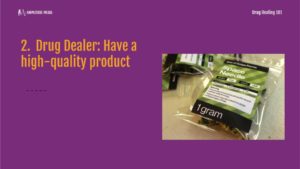
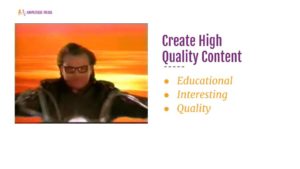
Second, dealers need to have a high-quality product and as content marketers, we need to be adding value by creating high-quality content.
What does high-quality content look like?
1. Educational- Share information your audience is looking for.
2. Interesting- Make your content interesting to engage with.
3. Quality- Structured, written well, accurate/factual.
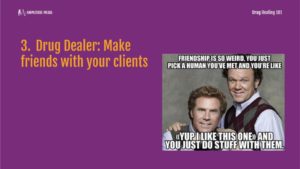
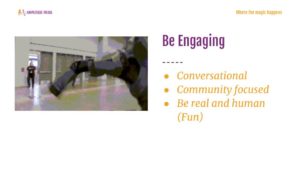
Drug dealers are good at building relationships of trust and build businesses based on referrals. In our business we’ve found this to be key, the “I know a guy who knows a guy…” referral. Think of content marketing as a way to make friends online. 
Here are a few tips:
- Ask questions. Reply to the answers.
- Start a conversation. Content shouldn’t be a one-way conversation. Focus on your customer and engage.
- Build a community. People want to do business with their friends.
- Be real and fun and human. Brands that are stiff and corporate fail to connect with their audience.
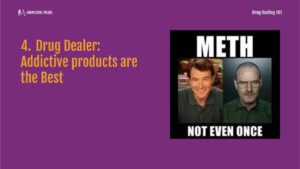
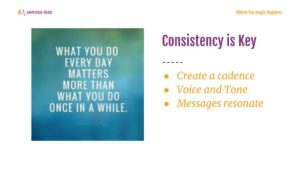
Drug dealers have a bit of an advantage when it comes to product, based on the whole chemical dependency thing, but, if you’re creating value and adding to people’s lives and improving them through information, joy or just because they like you, they will keep coming back. Some keys to consistency are:
- Setting up a schedule so your audience knows what to expect and when to expect it.
- Be consistent in your messaging/product so your audience knows who you are and what you’re about.
- Continually message and test different campaigns to find what messages resonate
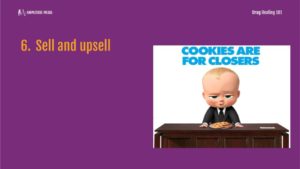
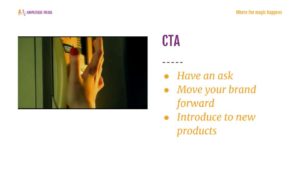
Last of all, your content should drive towards a purpose. You want your customers to be buying more. It doesn’t need to be a physical product alone. Move your brand forward as an authority in their minds, entrench them as brand advocates and encourage them to tell their friends by sharing your content.
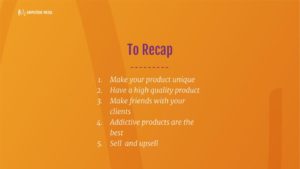
What are your biggest content hurdles?
How do you connect with your audiences?
Any ideas or suggestions to make your content more addictive?
We’d love to hear from you! Let us know what you think.
Amber & Reid




